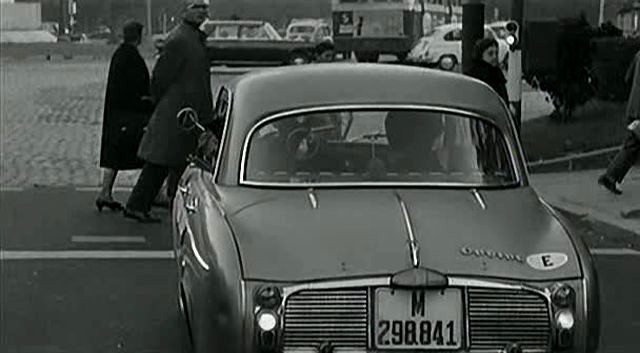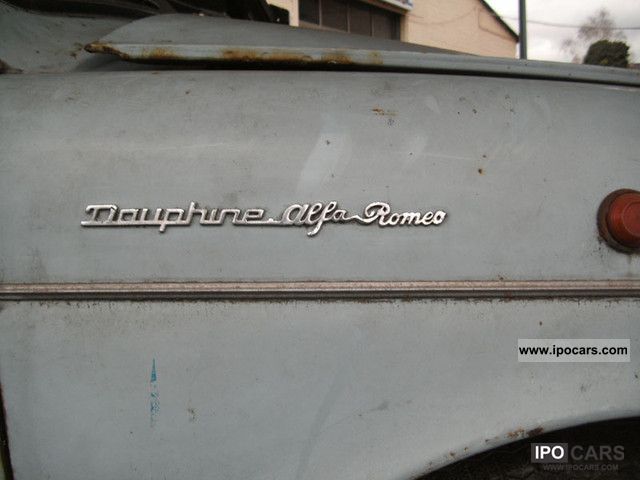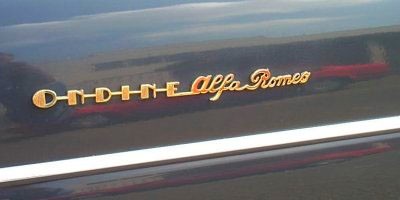When is a Dauphine not a Dauphine.
When its a Henney Kilowatt.

You can read the same Wiki article as I have but to summarise, a conglomeration of business interests (including the excellently named Eureka Williams Company) wanted in on an electric car for the US market and so one was developed in the late 50s using the Dauphine as the basis. The first ones had pretty rubbish range and speed but upping the voltage and batteries had them cruising at 60 and capable of 60 miles on a charge. The article also mentions a report that most of those produced went to electric companies, so similar to the Enfield over here then.
http://en.wikipedia.org/wiki/Henney_Kilowatt



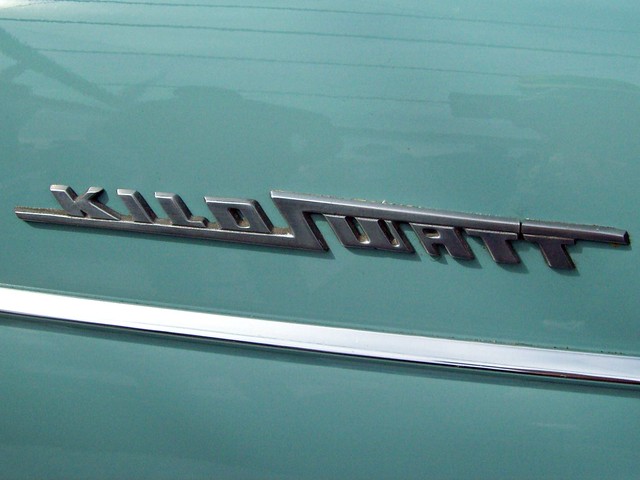
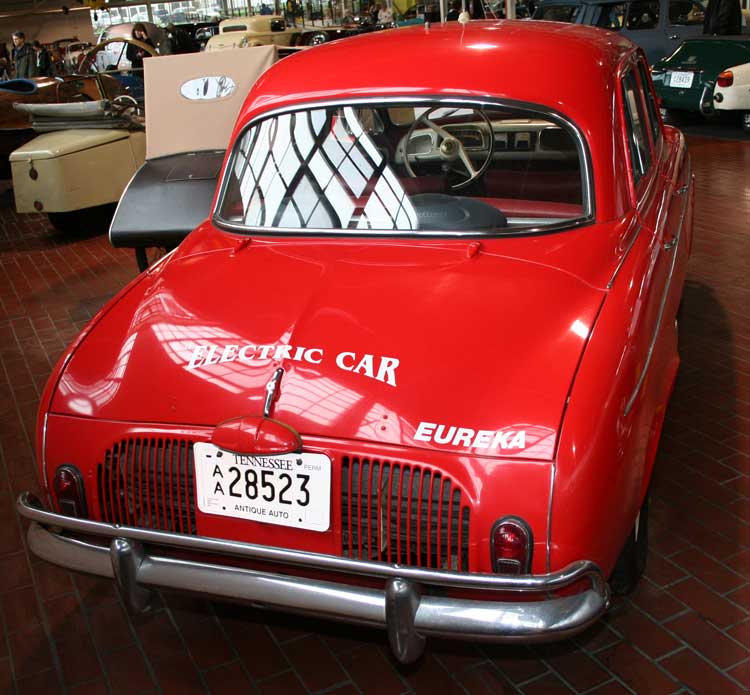
It seems that they did not sell all that well to the public (surprise!) and so plenty of parts were left over. An enterprising gentleman bought all he those he could, barned them, altered some of the electrics and then managed to flog them off during the early seventies fuel crisis. He recently sold off his remaining kits. A shrewd man I would suggest.
http://blog.hemmings.com/index.php/2012/11/03/hemmings-find-of-the-day-henney-kilowatt-v2-controller-and-charger/


You can read the same Wiki article as I have but to summarise, a conglomeration of business interests (including the excellently named Eureka Williams Company) wanted in on an electric car for the US market and so one was developed in the late 50s using the Dauphine as the basis. The first ones had pretty rubbish range and speed but upping the voltage and batteries had them cruising at 60 and capable of 60 miles on a charge. The article also mentions a report that most of those produced went to electric companies, so similar to the Enfield over here then.
http://en.wikipedia.org/wiki/Henney_Kilowatt





It seems that they did not sell all that well to the public (surprise!) and so plenty of parts were left over. An enterprising gentleman bought all he those he could, barned them, altered some of the electrics and then managed to flog them off during the early seventies fuel crisis. He recently sold off his remaining kits. A shrewd man I would suggest.
http://blog.hemmings.com/index.php/2012/11/03/hemmings-find-of-the-day-henney-kilowatt-v2-controller-and-charger/

